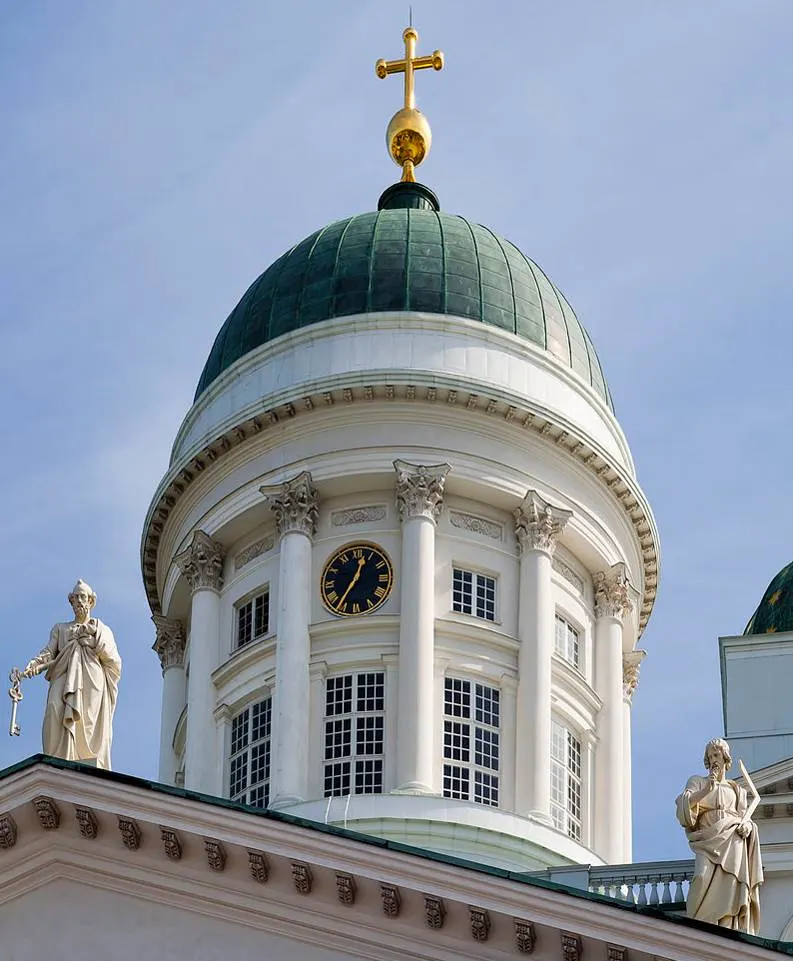If you enjoy Neoclassical architecture, then this amazing religious structure in Finland’s capital is one of the most magnificent examples in the world.
This stunning church in Helsinki has dominated the city’s skyline since the mid-19th century and overflows with architectural features borrowed from classical antiquity.
In this article, you’ll discover some of the most interesting facts about Helsinki Cathedral, a building with a remarkable story to tell.
1. The church is located at a famous square in central Helsinki
Helsinki Cathedral is the main Evangelical Lutheran Cathedral in the capital city of Finland. It’s one of the most amazing buildings in northern Europe and the most popular landmark in the city.
This Neoclassical building is located at Senate Square in the Kruununhaka neighborhood. This is one of the most famous squares in the city and the oldest part of the city as well.
The building itself is stunning and this is magnificently highlighted by the square it’s located at. Steps lead from the square towards the cathedral.
The square is lined with other famous landmarks in Helsinki, including the Government Palace, the main building of the University of Helsinki, and the Sederholm House. The latter is the oldest building in the heart of the city as it dates back to the year 1757.

2. It was built on the location of a former 18th-century church
The 19th-century Neoclassical building that we can admire in the heart of Helsinki today is the second church in this location.
The Ulrika Eleonora Church, which was completed between 1724 and 1727, once stood here. This small church was dedicated to Ulrika Eleonora, Queen of Sweden (1688-1741).
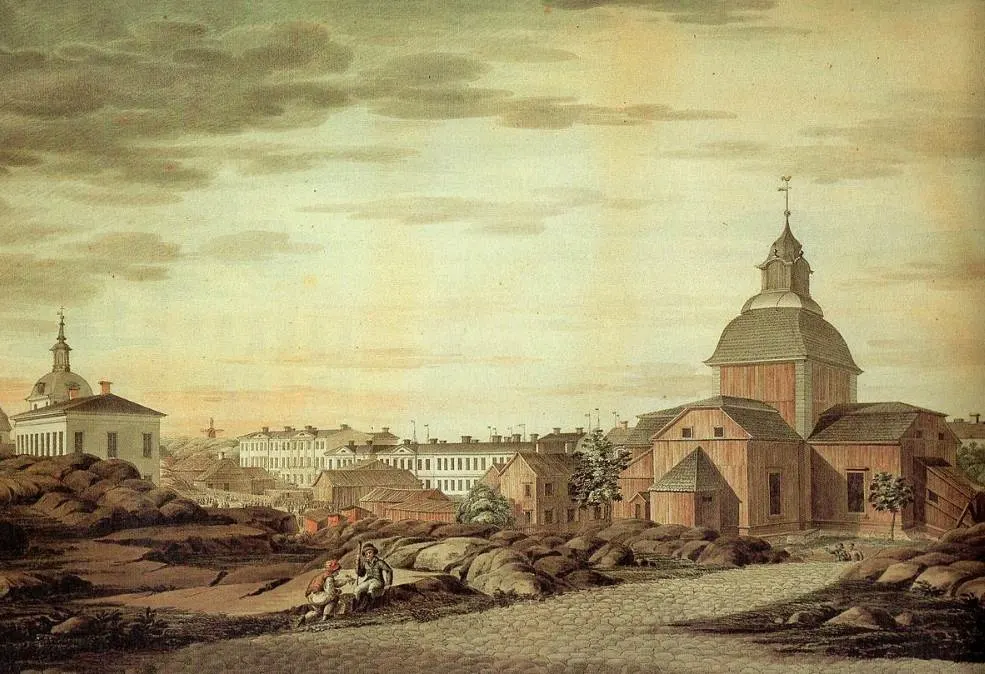

Another church nearby referred to as “Helsinki Old Church” was completed between 1824 and 1826 and served as the main church in the city until Helsinki Cathedral was completed.
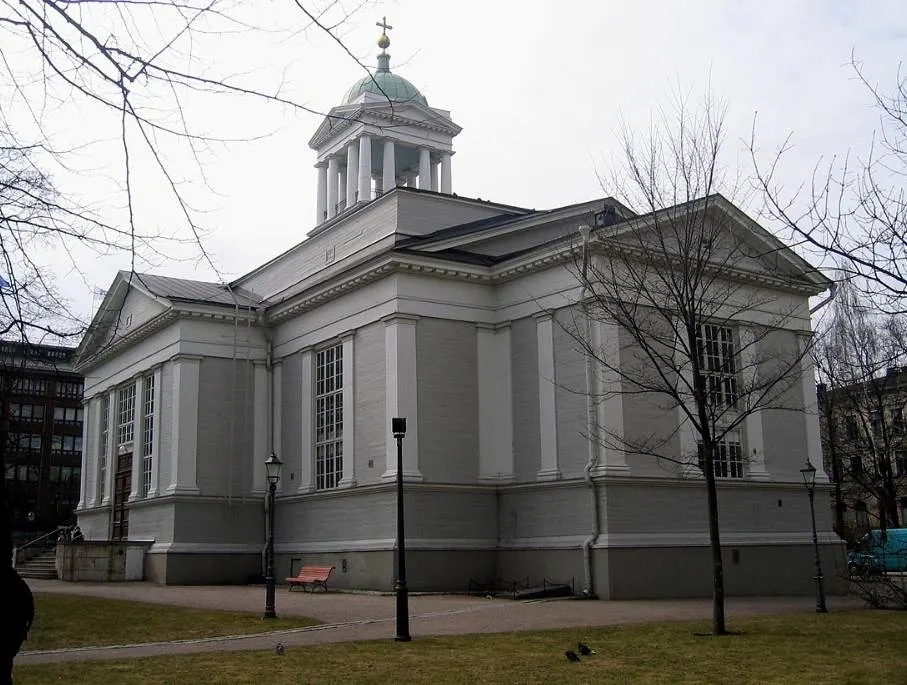
3. The church was constructed in honor of the Russian Emperor
The Grand Duchy of Finland was established in 1809 and it served as an autonomous region within the Russian Empire. This was the predecessor of the modern-day Finnish state which was established in 1917.
At the time that the cathedral was constructed, Helsinki was the capital city of the Duchy of Finland, a title it had received in 1812.
It was Alexander I who commissioned the construction of two religious buildings in the city using tax from salt import. The nearby Eastern Orthodox Uspenski Cathedral was completed in 1868.
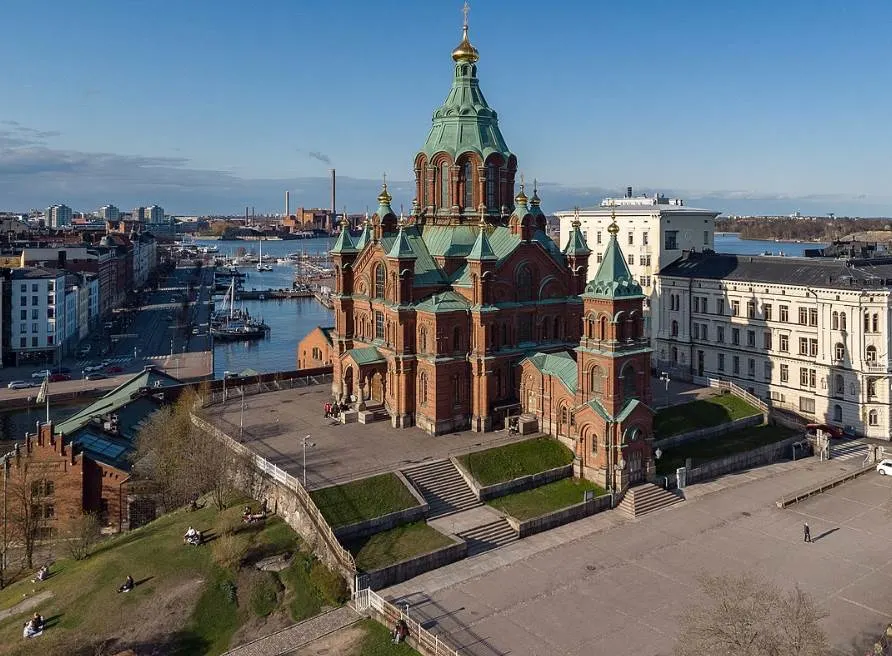
Upon completion, the church was referred to as St Nicholas’s Church, a name that commemorated Tsar Nichols I of Russia who was also the Grand Duke of Finland.
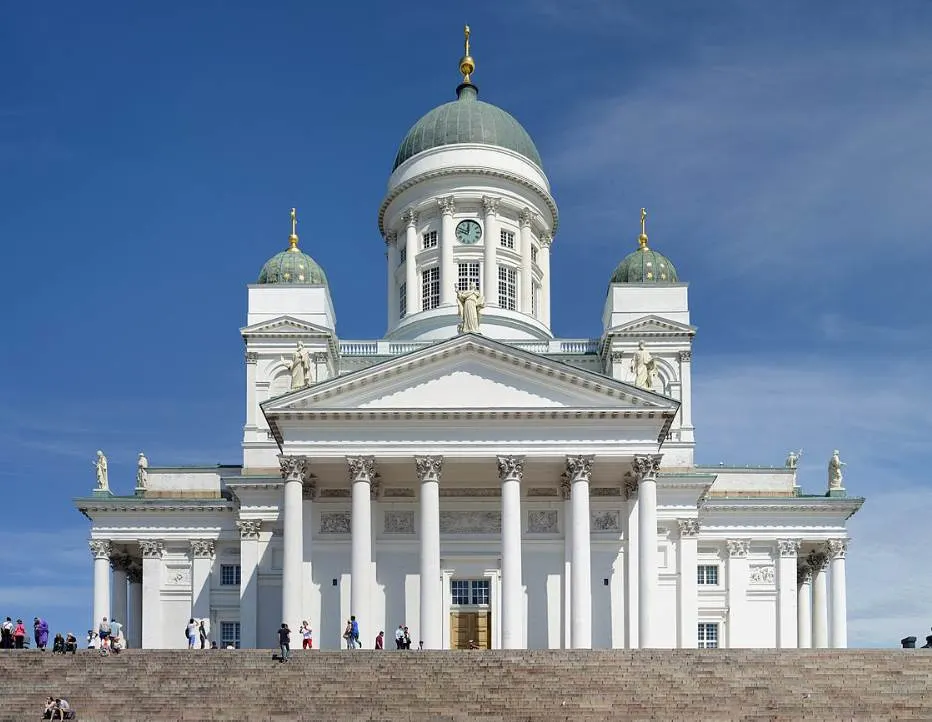
4. The building was designed by a renowned German architect
The main architect of Senate Square, the building’s surrounding it, and Helsinki Cathedral was a man named Carl Ludvig Engel (1778-1840).
He initially worked in Tallinn, the capital city of modern-day Estonia, and discovered the Neoclassical architecture of the nearby St. Petersburg.
He moved around quite a bit during the first years of the Grand Duchy of Finland. His plans for rebuilding Helsinki were so impressive that he earned a permanent position as the city’s main architect.
He incorporated a Greek Cross design into the church with each direction featuring a portico supported by collonades and a pediment. These were typical features found in Roman Temples.
His plan to create a monumental entrance on the western side of the church was never materialized.
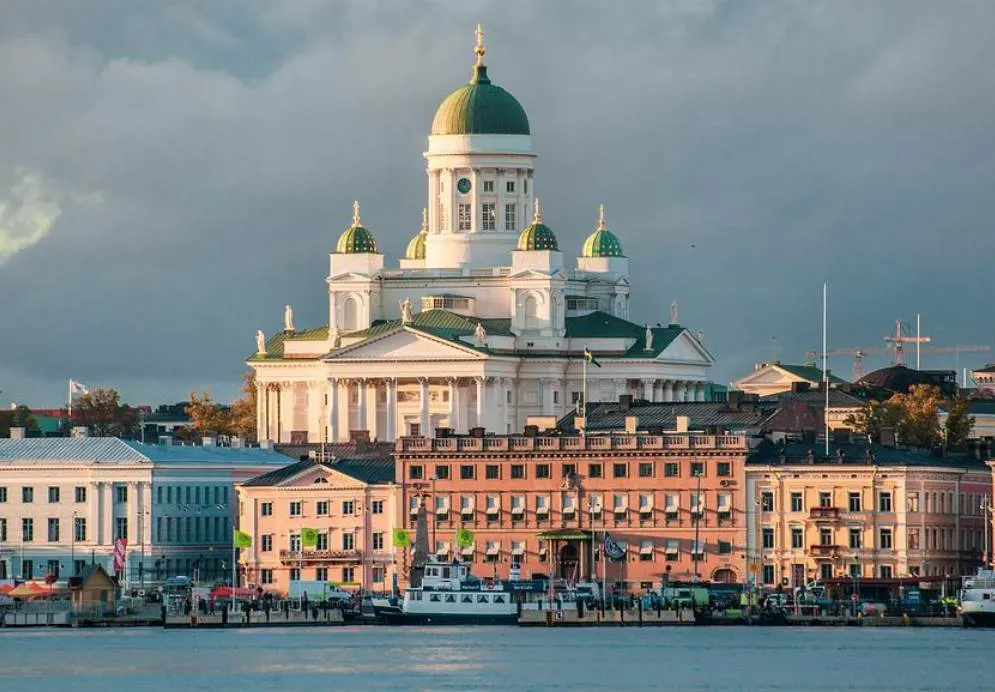
5. It took over 2 decades before the structure was completed
The 4 arms of the cathedral are equally long and the church reaches a height of 62 meters (203 feet) above the ground below.
Because it was constructed in an elevated location, it magnificently tops the surrounding building as it stands over 80 meters (262 feet) above sea level.
Building this amazing church was a massive endeavor as well. The first stone was laid in 1830 but the church wasn’t completed and consecrated until 1852.
6. The church is adjoined by two side buildings at the corners of the square
Main architect Carl Ludvig Engel passed away in 1840 and he was succeeded by his German colleague Ernst Lohrmann, (1803-1870).
Apart from making small changes to the design, he also designed two additional buildings. These stand on the sides of the steps of Senate Square.
The building on the left serves as a bell tower and the building on the right is a chapel.
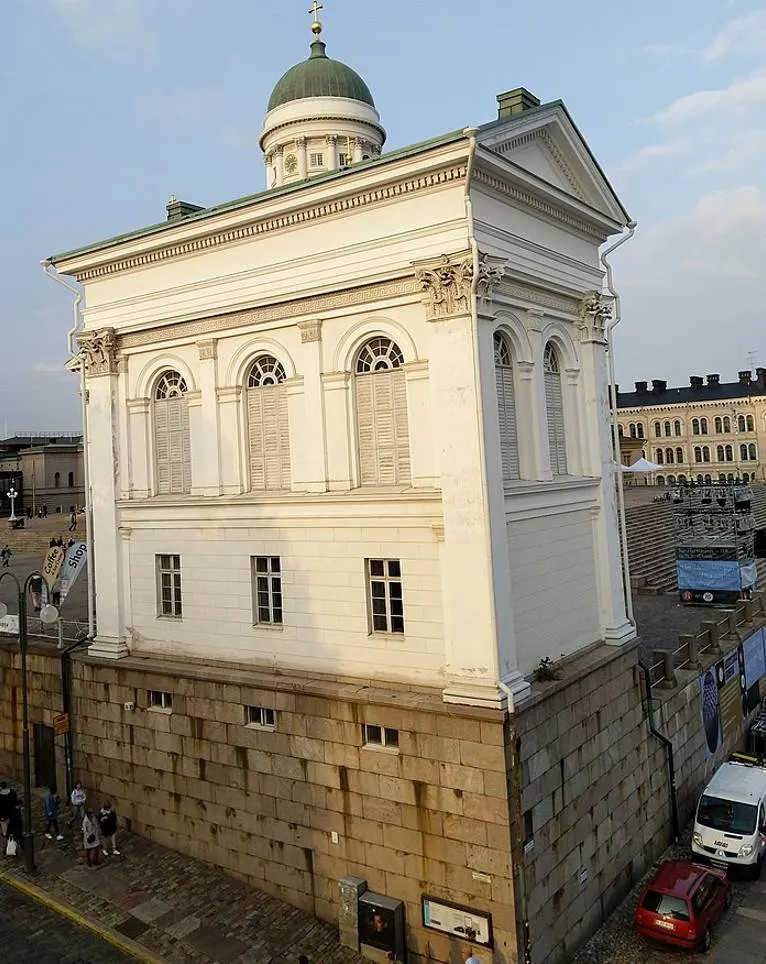
7. The cathedral’s domes were modeled on those of other churches
Lohrmann kept the general design of the church but integrated a couple of new elements. The 4 domes that adjoin the stunning main dome of the building were his idea.
Just like his predecessor, he was inspired by architecture from the Russian Empire which incorporates an abundance of Neoclassical elements.
For the domes, he was inspired by two churches in St. Petersburg, Saint Isaac’s Cathedral and Kazan Cathedral.
Remarkably, Isaac’s Cathedral was only completed in 1858 although the first stone was laid in 1812. That’s 18 years after Helsinki Cathedral was consecrated.
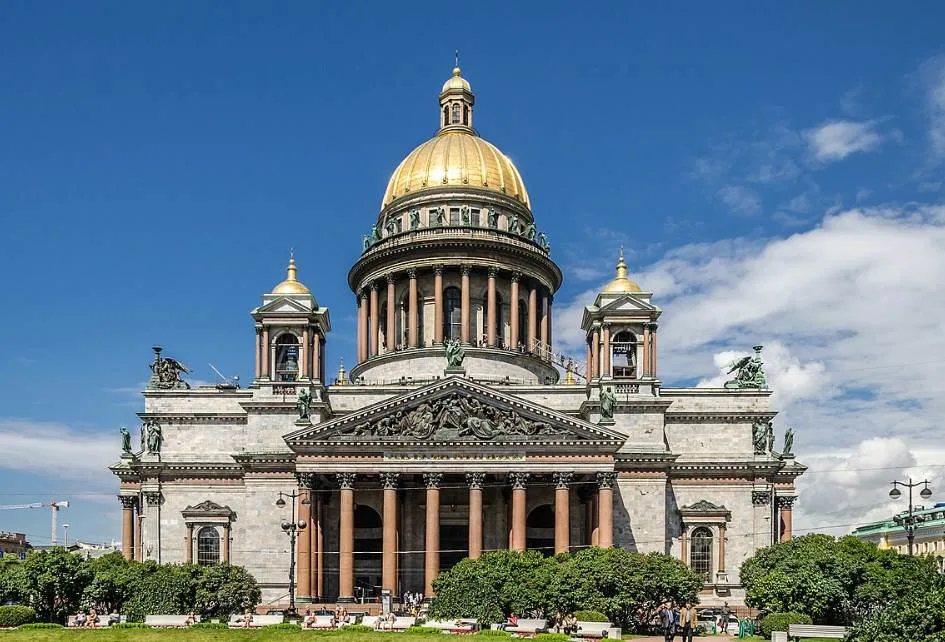
8. The roofline is decorated with sculptures of the 12 Apostles
The roofline of Helsinki Cathedral is decorated with 12 over-life-sized sculptures of the 12 Apostles. These are made of zinc and were also produced in Germany between 1845 and 1847.
These sculptures have decorated the exterior of the church since they were installed in 1849.
Today, about half a million people visit Helsinki Cathedral every year, making it one of the most popular tourist attractions in the country.
